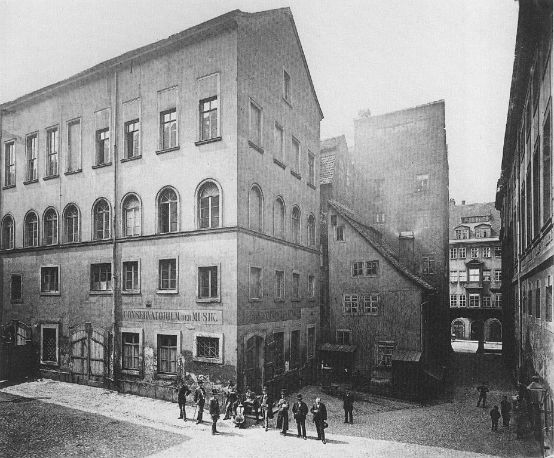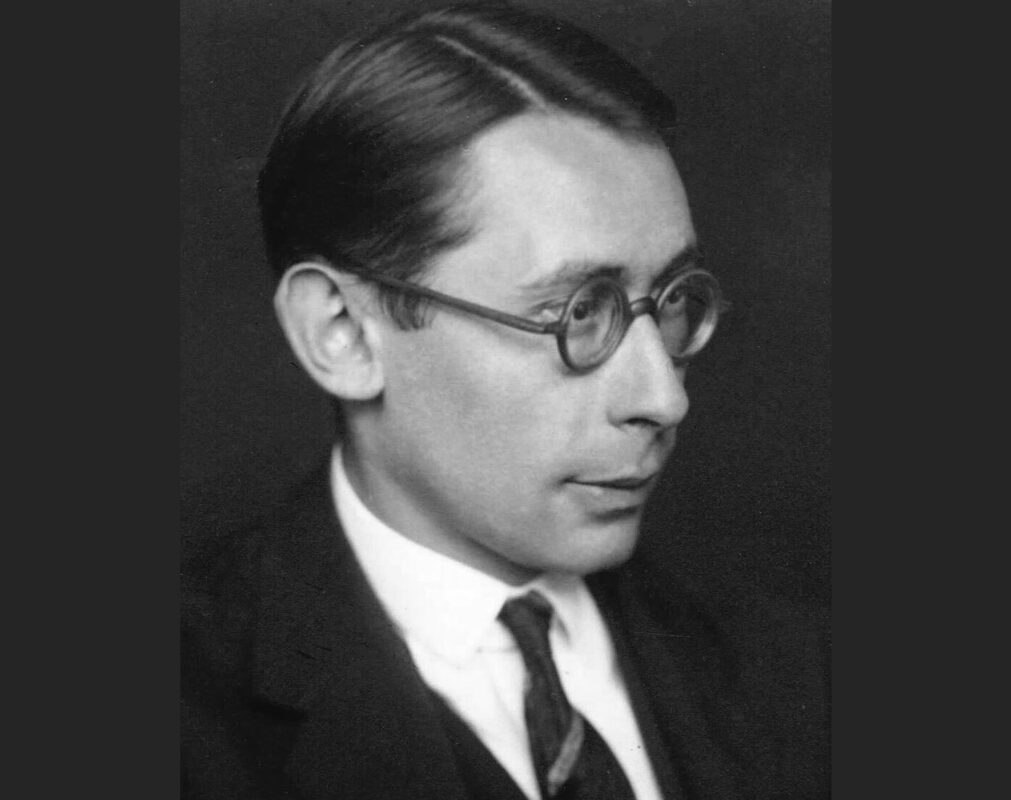Educational institutions for music in the 19th century
In three volumes, the "Handbuch Konservatorien" sheds light on how institutional music education developed in German-speaking countries in its early days.

She calls it Handbook of conservatoriesThe book is edited by Freia Hoffmann, director of the Sophie Drinker Institute in Bremen, who, together with her team, has thankfully compiled the first comprehensive information on the beginning of professional music education in German-speaking countries. Based on 16 selected institutes, the team paints an exciting picture of the early history of conservatories. The result is a three-volume panopticon in which one can both read with interest and find specific information, justifying the term "handbook".
It was certainly not easy to find a common denominator for the presentation of the various developments of these educational institutes. The first task was to collect all available sources: correspondence and inventories from archives, newspaper articles, biographies of the teaching staff and brochures. Printed sources at the end of the third volume, such as various articles, provide an insight About musical conservatories in the New Journal for Music from 1841, parts of the 46-page brochure by Franz Joseph Kunkel The condemnation of conservatories as nurseries for the musical proletariat ... or Luise Adolpha Le Beau's article On the musical education of young women from 1878.
Despite major differences, it has been possible to achieve methodological consistency in the presentation of the individual conservatories. The articles cover aspects of the history, financing and content of the studies, including subsidiary subjects and concert activities in the rooms available at the time. Most institutions had to finance themselves through tuition fees, but also received grants from princes or kings, such as the Stern Conservatory in Berlin.
The statistics on students by gender and by nation are also interesting. There are Swiss students at all conservatories and in all years of study, which clearly demonstrates the lack of Swiss educational institutions at the time. The Leipzig Conservatory, which is so closely associated with Felix Mendelssohn's work and which had an astonishing 46 Swiss students by 1868, was particularly well-known and sought-after.
For the first time, the plight of women in the 19th century, who were not even admitted to university, is also given a scientific face. For Vienna, for example, it is stated that regulations were issued "which significantly restricted access to instrumental departments for women". Exceptions were of course made for female singers, who could not be replaced. Gathering information on the teachers - there were hardly any female teachers - was certainly a Herculean task, but it provides further insights into the nature of the teaching staff.
The only pity is that there is no index of persons, which would have made it possible to cross-reference the institutions and clearly show which well-known names were already involved in educational tasks at the time. On the other hand, it forces the reader to read all three volumes intensively, which is also of great benefit.
Handbook of conservatories: Institutionelle Musikausbildung im deutschsprachigen Raum des 19. Jahrhunderts, ed. by Freia Hoffmann, 3 vol. with a total of 871 p., € 198.00, Laaber, Lilienthal 2021, ISBN 978-3-89007-911-0









